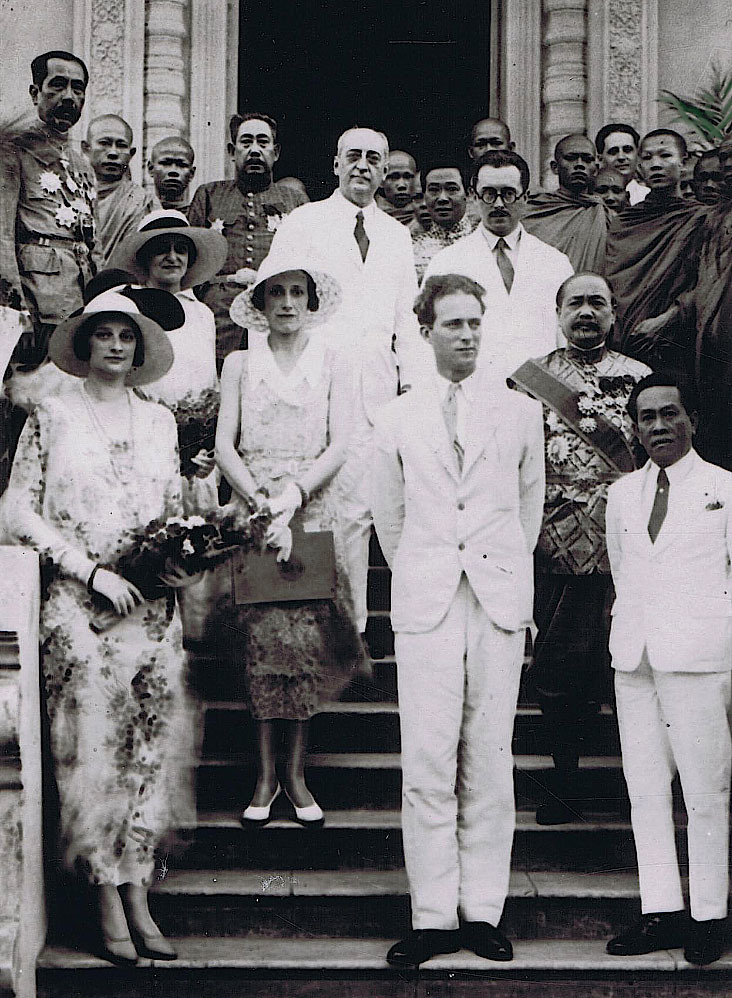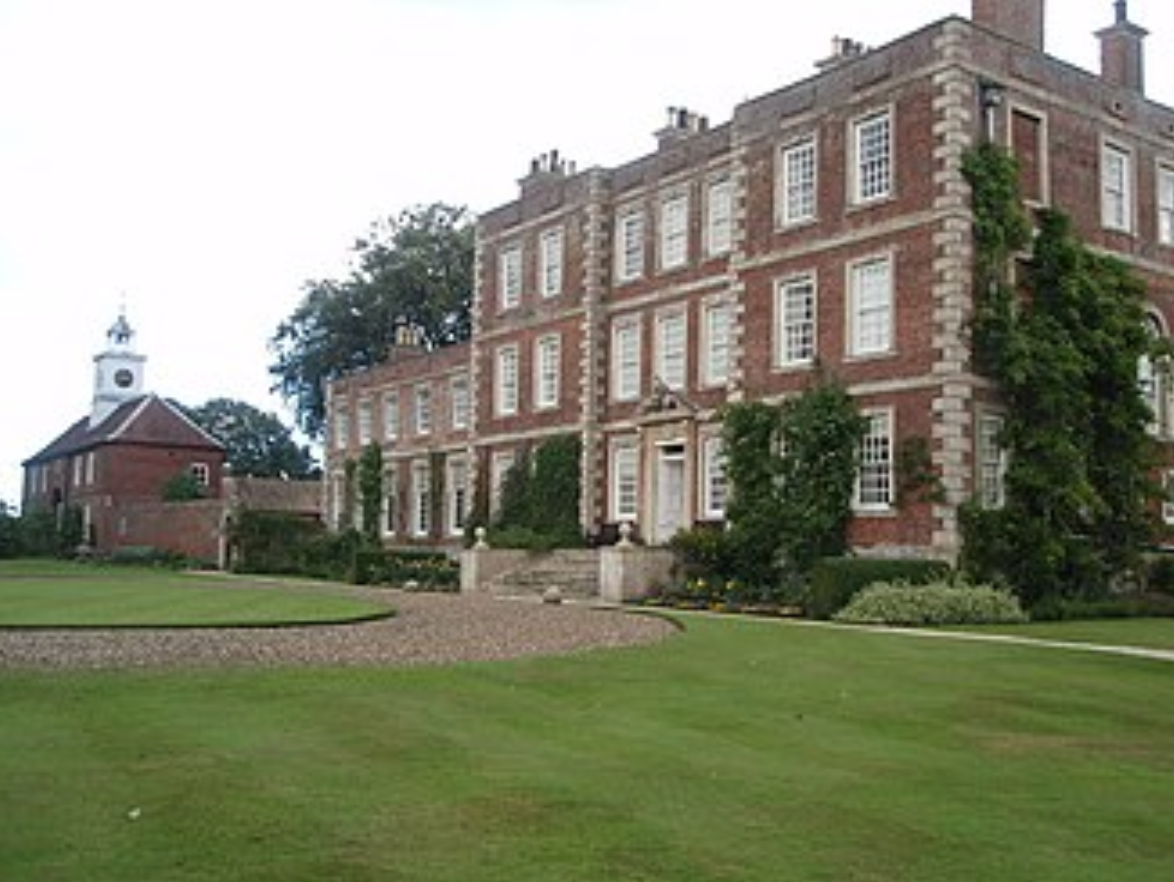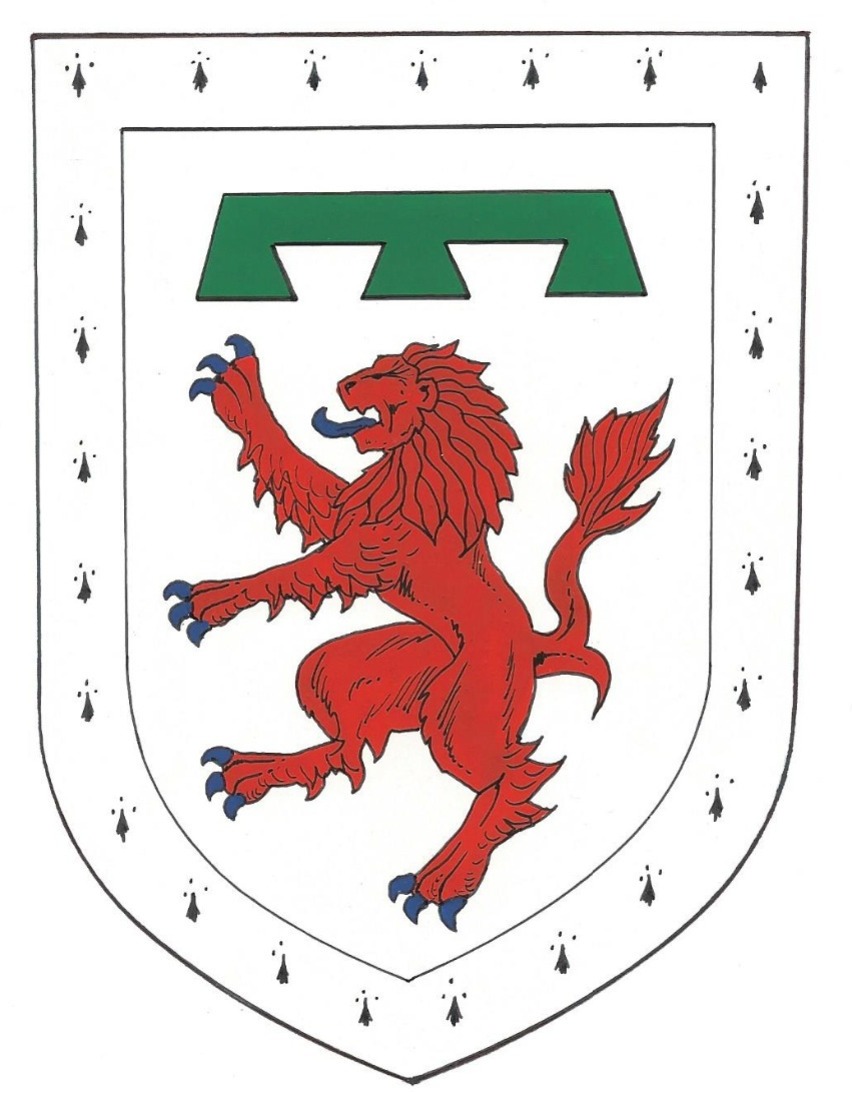King Leopold III of Belgium
Sovereign of the Order 1914-1972


Leopold Philippe Charles Albert Meinrad Hubertus Marie Miguel was born 3rd November 1901 in Brussels. The son of King Albert I and his consort Elisabeth of Bavaria; he was a Prince of the House of Saxe -Coburg-Gotha and known as the Duke of Brabant. He was descended from Mary Queen of Scots and her husband Lord Darnley and a great grandson of Margaret Montgomerie daughter of the 1st Lord Ardrossan.
In 1915 he spent a term at Eton College (September to December according to the Eton Archives) and whilst there stayed at Gunby Hall, * the estate of Col. Archibald Montgomery (later Field Marshall Sir Archibald Montgomery- Massingberd) in Lincolnshire. In 1918 Leopold served in the Great War as a private in the 12th Belgian Regiment whilst still a teenager which shows a remarkable degree of courage for by that time everyone in Belgium knew the horrors of the trenches.
After the War he returned to England and once again stayed with Sir Archibald at Gunby Hall. Also staying there were Bo-Gabriel Montgomery of the noble Swedish family and Brigadier General John Montgomery of the Comber branch and uncle to the present SGC.
The Montgomery Massingberds were originally Montgomerys of the Blessingbourne branch of the family and close cousins to the Comber branch. Sir Archibald married the Massingberd heiress Diana Massingberd in 1896 and added the Massingberd name to his own by royal license in 1926.Equally Bo-Gabriel’s brother Erik had married Elizabeth Montgomery of Blessingbourne. (Elizabeth is buried in the private graveyard at Gunby Hall).
The Great War had been very hard on the Order, many had died or badly wounded and there were but four members left including Brigadier General John Montgomery. It is probable that he thought young Leopold would be the right person to persuade new members of the families to join and he persuaded Leopold into becoming the SGC and invested him in the private chapel in Gunby Hall as Knight Grand Commander and Sovereign Grand Commander. There is a picture of John Montgomery and Leopold sitting on the steps of Gunby Hall in their mantles together with Sir Archibald and his wife and two others unknown. Prince Leopold gave Archibald a picture of himself which was, the last time our current SGC visited the Hall in what used to be Sir Archibald’s study.
In 1919 Leopold went to study for a short while in California. On the 4th November 1926 he married Princess Astrid of Sweden, a cousin of the Swedish Montgomery’s. They had three children Josephine-Charlotte born October 1927; Baudouin born September 1930 and Albert born June 1934 the year Leopold became King of the Belgians.
In 1932, Prince Leopold, the future Leopold III, and Princess Astrid began a new chapter in the relations between Belgium and the countries of the region with the first Belgian royal visit to Cambodia, Thailand and Malaysia.
The Duke and Duchess of Brabant arrived in Thailand by train from Penang. After visiting the “City of Angels”, they met the Belgian population and visited the Belgian Legation - the former name of the Belgian Embassy.
The princely couple continued their trip to Cambodia where this photo was taken with Prince Norodom Sothearos (bottom right).
On 29th August 1935 whilst Leopold was driving on a winding road around Lake Lucerne near to their villa Kussnacht in Switzerland, he lost control of the car and it finished up in the lake. Queen Astrid was killed.
When war came in 1940 the French and British Governments tried to persuade Belgium to join them, however, the Belgian government believed that it was able to withstand an invasion. On May 10th 1940 the German Army invaded Belgium and on the first day the strong point of Fort Eben-Emael was breached by German paratroopers before any relief column could arrive. Belgium was overwhelmed by numerically superior and better prepared Germans.
Nonetheless the Belgian resistance allowed the British forces to be evacuated from Dunkirk by stopping the Germans from completely surrounding them. Leopold himself took command of his forces and made quite clear that he was staying put with his troops whilst his pulsiminous self-serving government ministers fled to Paris and then to London.
Leopold regarded anyone who left as a deserter. “Whatever happens I have to share the same fate as my troops” were the spoken words of a true Sovereign Grand Commander. Whilst the ministers wittered on about it being the government’s decision as to whether continue or surrender Leopold kept to the tenets of our Order, Honour above self; Duty above wealth; justice above the law and Truth above all.

When Leopold finally made the decision to surrender, he was made the scapegoat by his own ministers, who saved their own skin and that of the French Prime Minister Reynaud who already knew that the battle for France was lost but sought to lay the fault at Leopold’s door. Nor frankly was Churchill much better pretending that we had to evacuate the British forces at Dunkirk because of the Belgian Army’s surrender. In fact, the opposite was true. Churchill even sent a telegram to Lord Gort as follows “We are asking them to sacrifice themselves for us.” Later Churchill was to write “I need scarcely say nothing I said at the time could be interpreted as a reflection upon the personal courage or honour of King Leopold.”
Leopold surrendered and was held captive at his royal chateau near Brussels until 1944, he was deported by Himmler to Austria in 1944 and although freed in May 1945 by the US 106th Cavalry Group it became impossible for him to return to Belgium, particularly on account of the adverse propaganda, not least put out by the Americans who had negotiated a lucrative deal to extract Congolese uranium for Americas nuclear programme with the so-called Belgian government in exile and of which Leopold disapproved.
Whilst in German captivity he married Lillian Baels, who became known as Princess de Rethy (religious ceremony September 1941 and civil ceremony in December 1941). They also had three children; Alexander born July 1942; Marie-Christine born February 1951; and Maria Esmeralda born; September 1956
A Regency under Leopold’s brother Charles was established in 1944 by the government and Leopold and his family remained in exile in Switzerland for the next six years, occasionally coming over to the UK to stay with certain British families. Leopold remained as King until 1951 when he abdicated in favour of his son Baudouin.
Unfortunately Leopold decided that it would do the Order no good to continue as an active SGC, he agreed therefore that Deputy Brigadier- General John Montgomery, grandson of Robert Montgomery of Comber, would act as Deputy Sovereign Grand Commander and Regent, positions he held until 1976 when the present SGC Eric Hugh Montgomery took over. Leopold died in September 1983 and was buried next to Queen Astrid in the Royal Vault in the Church of Our Lady in Laeken. His second wife was later interred with them.
As of 2017 two of Leopold’s grandsons are reigning monarchs, Grand Duke Henri of Luxemburg since 2000 and King Philippe of Belgium since 2013.
*Gunby Hall Lincolnshire is situated approximately eight miles from Skegness and in close proximity to Somersby the home of Alfred Lord Tennyson. It was of Gunby Hall that Tennyson wrote a verse with the line “a house of ancient peace.” There is a copy of the verse at the hall written in Tennyson’s own hand and signed and dated 1849. A number of other famous historical literary figures were entertained over the years in this house including Doctor Samuel Johnson, Charles Dickens and Rudyard Kipling. who wrote these words:
“Our England is a garden
And such gardens are not made
By singing 'oh how beautiful'
And sitting in the shade.”


























